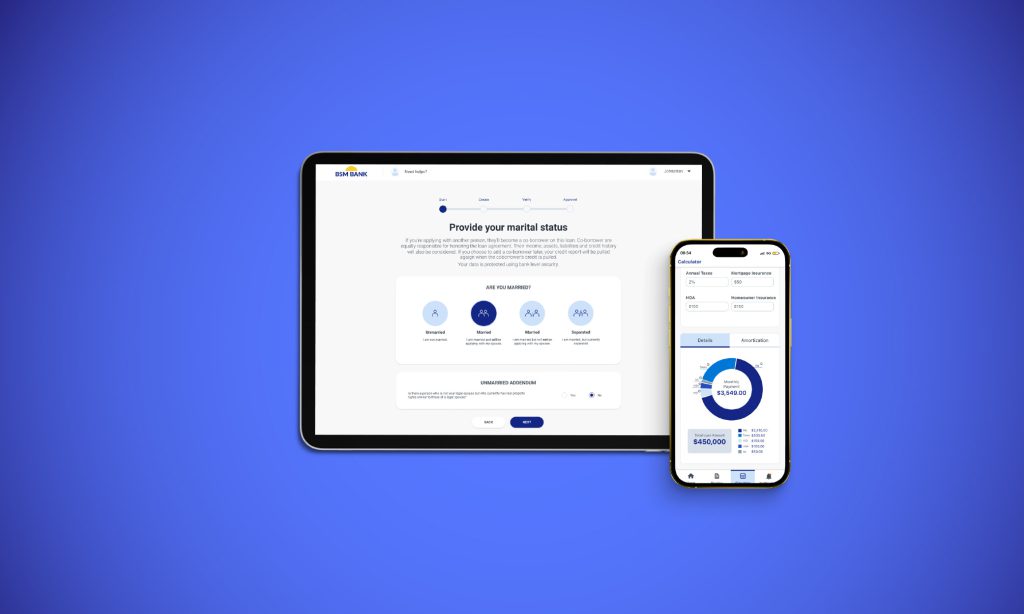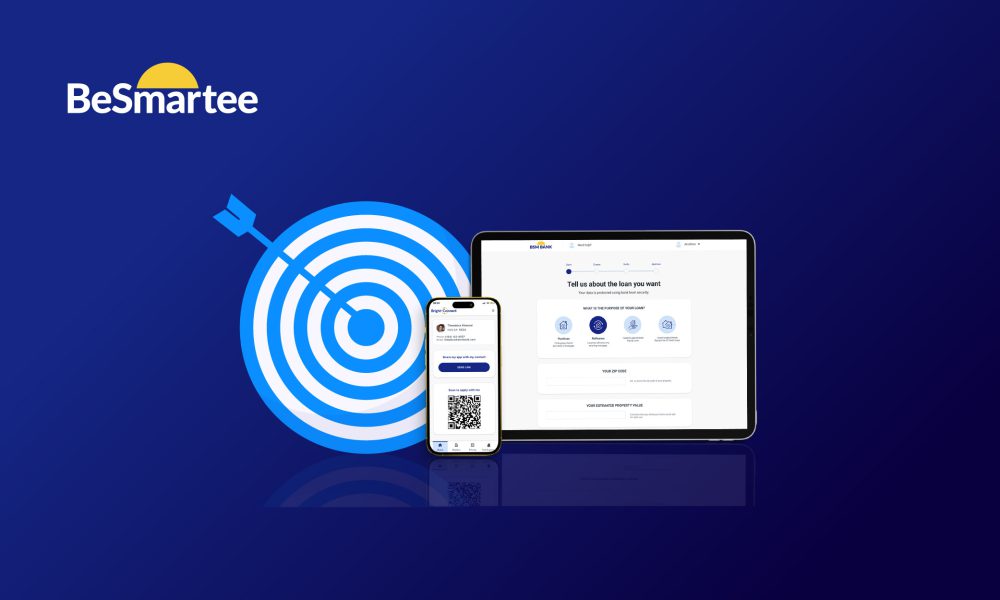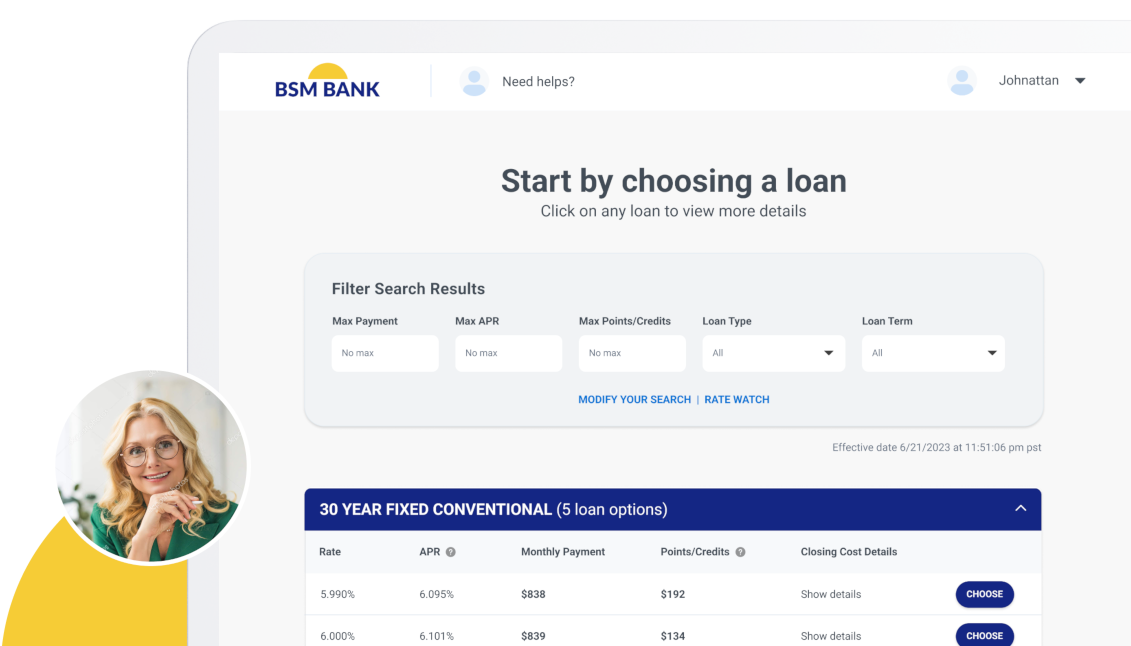Mortgage lenders are no strangers to market cycles. But in 2025, the challenge feels different. Borrowers face higher rates, tighter budgets, and more uncertainty than in past years. Meanwhile, lenders are under pressure to maintain pipelines and drive profitability with fewer resources.
In this environment, not all borrowers are equal. Chasing every lead may keep applications flowing, but it often wastes valuable time and resources when many of those applicants can’t, or won’t, move forward. The real competitive edge lies in attracting quality borrowers: applicants who are financially prepared, motivated, and aligned with your lending strategy.
That shift in focus requires a change of mindset. Instead of prioritizing volume for volume’s sake, lenders must concentrate on precision, identifying the right prospects, building trust early, and ensuring that resources are invested where they’ll create the highest returns.
The question is how lenders can shift from chasing volume to targeting the right borrowers.
Quick Take
- Define what the “right borrower” looks like based on your portfolio and business goals.
- Show up in the right channels where serious borrowers start their journey.
- Speak directly to borrower pain points like affordability, transparency, and convenience.
- Strengthen alignment between marketing and loan officers for seamless handoffs.
- Use data and feedback loops to continuously refine borrower acquisition strategies.
- Leverage your POS to reduce friction in the application process and guide more qualified applicants all the way through to funded borrowers.
Table of Contents
Why Quality Matters More Than Quantity
High application volume looks good on paper, but lenders know it doesn’t always translate into closed loans. An unqualified applicant can take up as much, or more, time as a qualified one, creating friction for loan officers and slowing down overall pipeline performance.
Consider these challenges with volume-first approaches:
- Operational strain: Processing incomplete or ineligible applications consumes staff bandwidth.
- Lower close rates: Chasing every lead results in wasted marketing spend and reduced conversion percentages.
- Borrower dissatisfaction: Applicants who don’t fit lending criteria may leave with a negative perception of the institution.
In contrast, a focus on quality brings compounding benefits. Loan officers spend more time with serious applicants, borrowers receive faster and more personalized service, and lenders see healthier margins on the loans that do close. Over time, this also boosts referral business, as satisfied borrowers are far more likely to recommend their lender.
Step 1: Define What the “Right Borrower” Means for Your Institution
Before attracting better applicants, lenders must be clear on who they’re looking for. This isn’t about broad demographics, it’s about measurable borrower attributes.
Ask questions like:
- Which borrower segments have the highest close rates?
- Where do you see strong repeat or referral business?
- Which types of applicants tend to stall or withdraw?
By examining past performance, lenders can sharpen focus on borrower segments that drive sustainable growth. For example, a community-focused bank may prioritize first-time homebuyers, while a larger institution may target jumbo loan applicants.
Step 2: Meet Borrowers Where They Are
Borrower engagement begins long before an application. Research from the National Association of Realtors shows that 97% of homebuyers use the internet in their home search. For lenders, that makes digital presence a non-negotiable.
Strategies to capture the right applicants include:
- Local search engine optimization: Ensure you appear when qualified borrowers look for mortgage help in your area.
- Targeted advertising: Use filters like geography, income, or homeowner status to reach your ideal borrower profile.
- Educational resources: Tools like mortgage calculators, webinars, and explainer blogs empower borrowers to self-qualify.
Don’t overlook offline presence either. Sponsoring community events, collaborating with real estate agents, or hosting first-time homebuyer seminars can all strengthen visibility with serious borrowers who prefer personal connections. Today, the most effective lenders blend digital and local strategies to create a holistic presence.
Step 3: Speak Directly to Borrower Pain Points

The borrowers you want, motivated and qualified, still have real fears. Rising rates, affordability concerns, and paperwork fatigue weigh heavily on their decision-making. If lenders don’t address these anxieties head-on, even strong applicants may hesitate.
Borrower-focused communication should highlight:
- Affordability support: Showcase down payment assistance or local lending programs.
- Transparency: Be upfront about fees, timelines, and requirements.
- Convenience: Stress digital tools that save time and simplify the process.
Case in point: a lender who explains upfront how long each stage of the mortgage process typically takes builds more trust than one who leaves borrowers guessing. Small communication improvements can significantly reduce drop-off, turning nervous but qualified applicants into confident clients.
Subscribe to BeSmartee 's Digital Mortgage Blog to receive:
- Mortgage Industry Insights
- Security & Compliance Updates
- Q&A's Featuring Mortgage & Technology Experts
Step 4: Align Loan Officers With Marketing
Attracting quality borrowers is only half the battle; keeping them engaged requires strong follow-through. Loan officers (LOs) are the bridge between interest and action.
To improve alignment:
- Develop shared borrower profiles: Ensure LOs and marketing agree on what “right borrower” means.
- Set up feedback loops: LOs can provide insights on lead quality, helping refine campaigns.
- Maintain consistent messaging: Borrowers should hear the same story in ads, emails, and LO conversations.
When marketing and sales teams operate in sync, the borrower experience feels cohesive, boosting confidence and conversion.
Step 5: Use Data to Continually Refine Targeting
Borrower preferences and market dynamics change quickly. Data gives lenders the agility to adapt without wasting budget.
Metrics to track include:
- Application-to-close ratios to measure if campaigns are reaching prepared borrowers.
- Loan size and type trends to identify shifts in demand.
- Channel performance to see where your best applicants come from.
Beyond quantitative data, qualitative feedback is equally powerful. Short post-close surveys or check-in calls can reveal why borrowers chose you, and what almost stopped them. Those insights help refine future messaging and service models.
Q&A: Borrower Targeting in Practice
Q: Isn’t chasing more leads always better?
Not necessarily. More leads often include many applicants who don’t complete paperwork or meet underwriting requirements. What matters is how many of those applicants become borrowers. Focusing on better-qualified applicants leads to higher close rates and stronger pipelines.
Q: How can smaller lenders compete with larger institutions?
Smaller and community lenders often win by leveraging local market knowledge, personalized service, and faster decision-making. A Federal Reserve study from the Kansas City Fed found that community banks maintain stronger relationships with local borrowers and can respond more quickly to local needs compared to larger institutions, giving them a competitive edge in certain markets.
Q: What’s the first step to improving borrower quality today?
Start with your own data. Look at which applicants submitted complete applications in the past 12–18 months, then build campaigns around that profile.
Q: How do rising rates impact borrower quality?
Higher rates can deter casual shoppers but often leave behind borrowers who are more financially prepared. This means the pool may be smaller but more serious—an opportunity if targeted correctly.
Turning Applicants into Borrowers With the Right POS

The gap between an applicant who starts a form and a borrower who closes is where many lenders lose momentum. A well-designed point-of-sale (POS) system helps close that gap by making the intake process intuitive, minimizing drop-off, and ensuring applicants submit complete files. When fewer people abandon their applications, loan officers spend more time with serious prospects instead of chasing incomplete starts.
Bright is built with this applicant-first mindset. Its configurable workflows and automated touchpoints help drive industry-leading conversion rates, with lenders reporting as high as 85% of applicants moving forward to completed submissions. That means more qualified files in the pipeline, more efficiency for loan officers, and a better overall experience for borrowers.
Roundup
Attracting the right borrowers in 2025 is about precision, not volume. By defining your ideal borrower, showing up in the right channels, addressing their pain points, aligning LOs and marketing, and using data to refine strategies, lenders can build stronger, more profitable pipelines.
The bottom line: focusing on quality saves time, improves borrower experience, and drives revenue growth.
Ready to sharpen your borrower strategy? Explore how a modern mortgage POS can help you streamline workflows and better serve the applicants who matter most.




